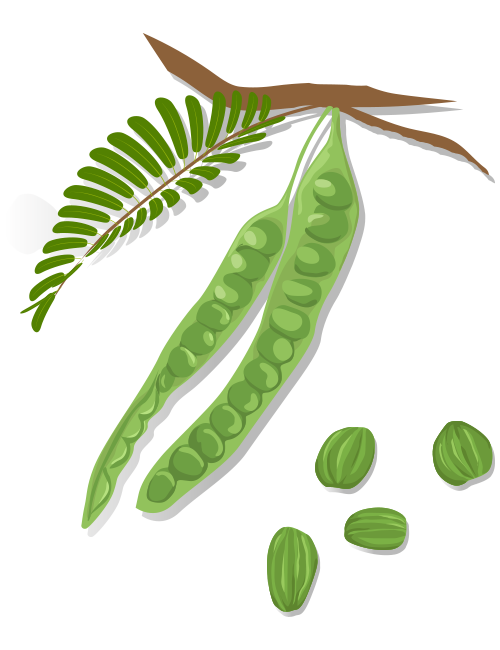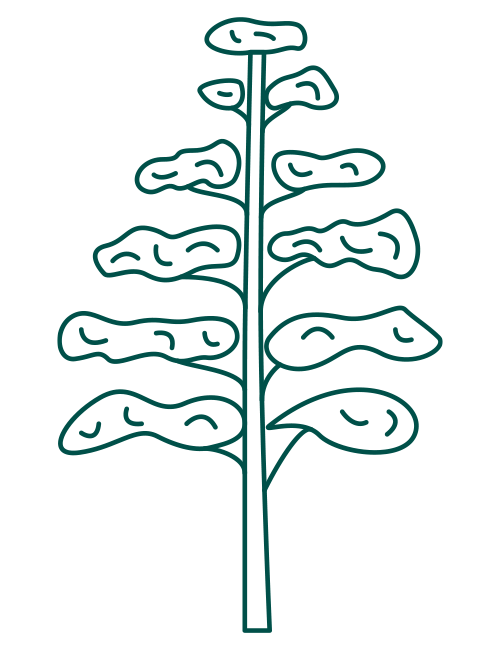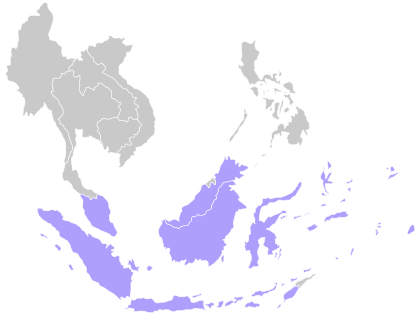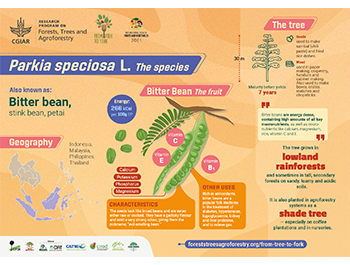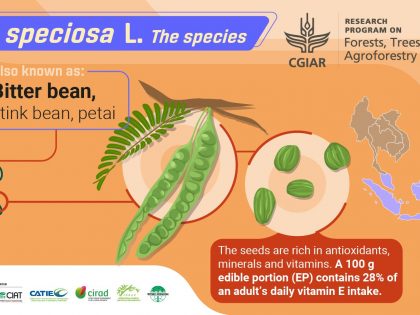Uses
The seeds look like broad beans and are eaten either raw or cooked. The fresh pods can be pickled in salt and eaten raw, and the beans are often served alongside sambal (chilli paste) with fresh shrimps or dried prawns. In addition, they can be used as an ingredient in stews and fried rice dishes. The beans also have a garlicky flavour and emit a very strong odour, giving them the nickname “evil-smelling bean.” The smell has been compared to shiitake mushrooms. In the wild, these beans are a favourite for hornbills, monkeys, squirrels, deer, elephants and wild pigs.
On top of its edible uses, the species also has many reported health benefits. Rich in antioxidants, the beans are a popular folk medicine in the treatment of diabetes, hypertension, hypoglycaemia, kidney and liver problems, and to relieve gas. The seeds are sometimes applied externally to treat wounds and ulcers.
The wood is used for pulp to manufacture paper. It is also used in carpentry and to make furniture, cabinets, boxes, crates, matches, chopsticks and much more. P. speciosa can also be planted as a shade tree in agroforestry systems; they can be grown on coffee plantations and in nurseries.


